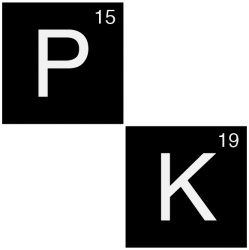“Fraction of a dose of drug that is absorbed from its site of administration and reaches, in an unchanged form, the systemic circulation”
Description
The drug, its route of administration and its galenic formulation determine the amount of administered dose absorbed into the circulation. Patient dependant factors also influence bioavailability.
When the drug is administered orally the bioavailability depends on several factors:
- Physicochemical properties of the drug and its excipients that determine its dissolution in the intestinal lumen and its absorption across the intestinal wall.
- Decomposition of the drug in the lumen.
- pH and perfusion of the small intestine.
- Surface and time available for absorption.
- Competing reactions in the lumen (for example of the drug with food).
- Hepatic first-pass effect.
Bioavailability can also be determined for other extravascular routes of administration such as intramuscular, subcutaneous, rectal, mucosal, sublingual, transdermal etc. Sublingual and rectal routes are often used to bypass hepatic first-pass effect. Bioavailability of most small molecular weight drugs administered i.m. or s.c. are perfusion rate-limited. Large molecules administered i.m or s.c. enter the blood in part via the lymphatic pathway.
Chart Pharmacokinetics
Clinical implications
When changing the route of administration or the formulation of a drug, the dose must be adapted with regard to the respective bioavailability of each route.
Related terms
Bioavailability of a drug administered intravenously is by definition 100%. Bioavailability is less or equal to 100% for any other route of administration.
The term absolute bioavailability is used when the fraction of absorbed drug is related to its i.v. bioavailability. The term relative bioavailability is used to compare two different extravascular routes of drug administration.
The term bioequivalence is used when two different galenic formulations of a drug have a similar bioavailability.
Assessment
Bioavailability is proportional to the total area under the plasma concentration-time curve (AUC). The relative bioavailability of drug 1 compared to drug 2 can be calculated using the following equation:

